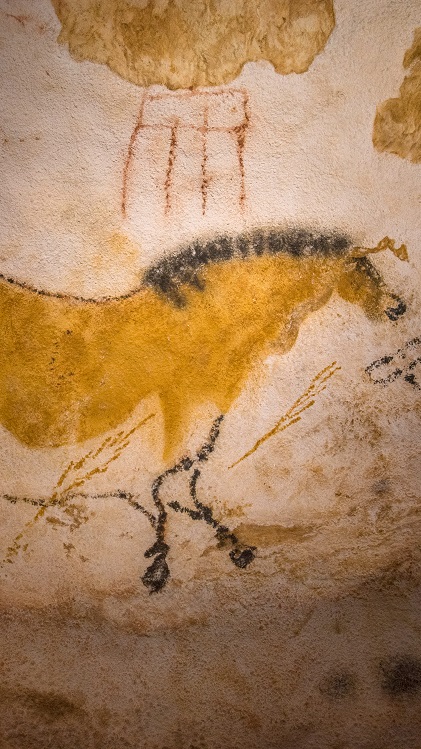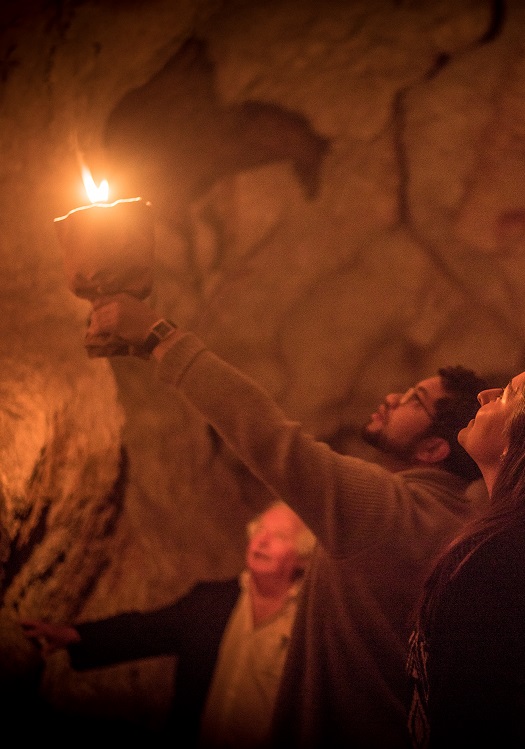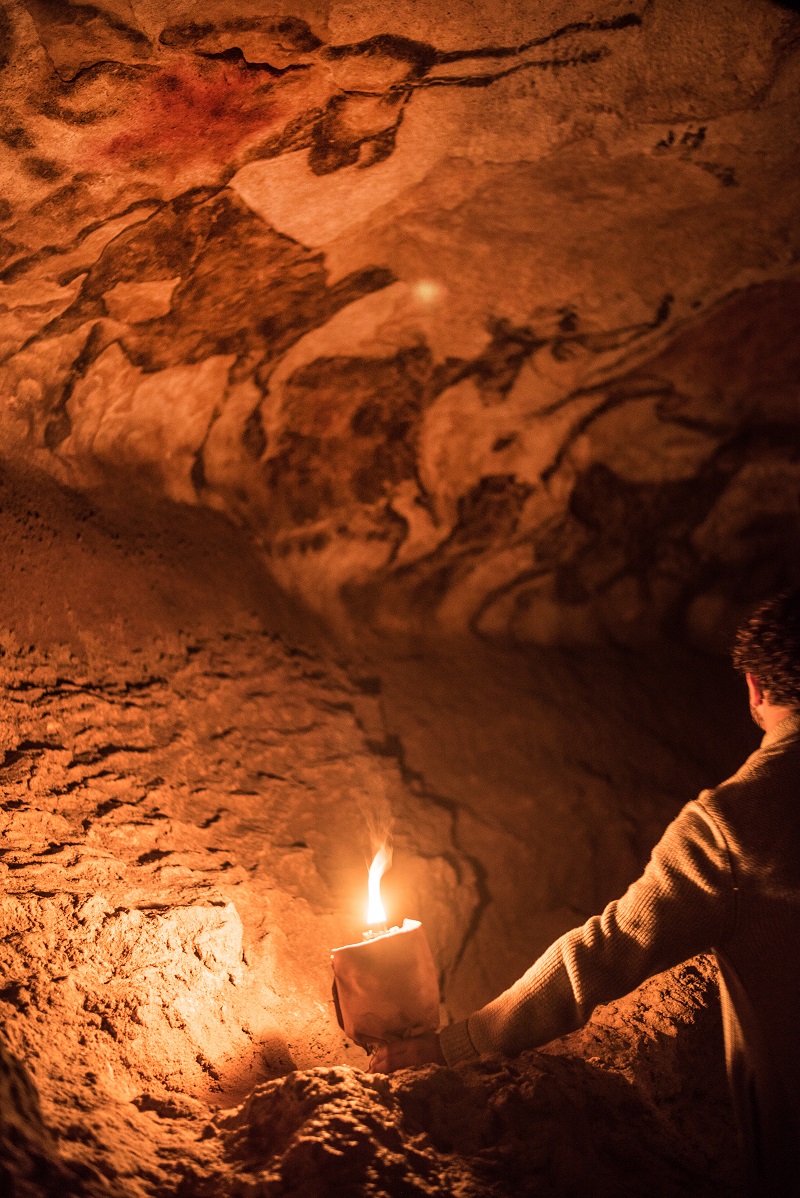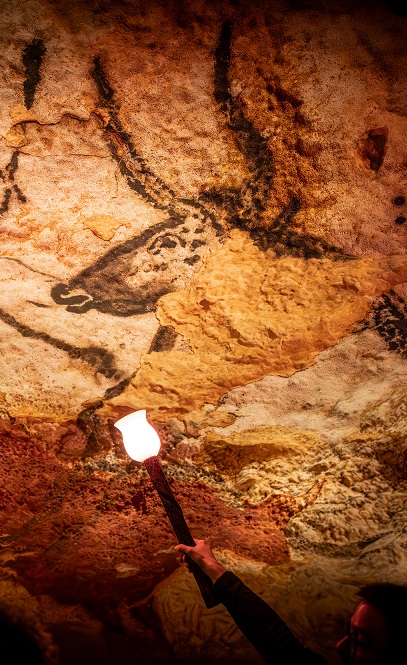Visiter Lascaux II, c’est vivre une expérience hors du commun qui vous transporte dans l’histoire de l’humanité. Première copie de Lascaux, ce site emblématique en Dordogne vous permet de marcher sur les traces de nos ancêtres.
En entrant dans Lascaux II, vous serez transporté dans le passé, où l’obscurité et une fraîcheur recréent l’atmosphère de la grotte originelle. Guidés par la lumière vacillante d’une torche, les peintures sur les parois semblent prendre vie sous vos yeux. Prévoyez jusqu’à 1h30 sur place pour profiter pleinement de cette expérience unique.





